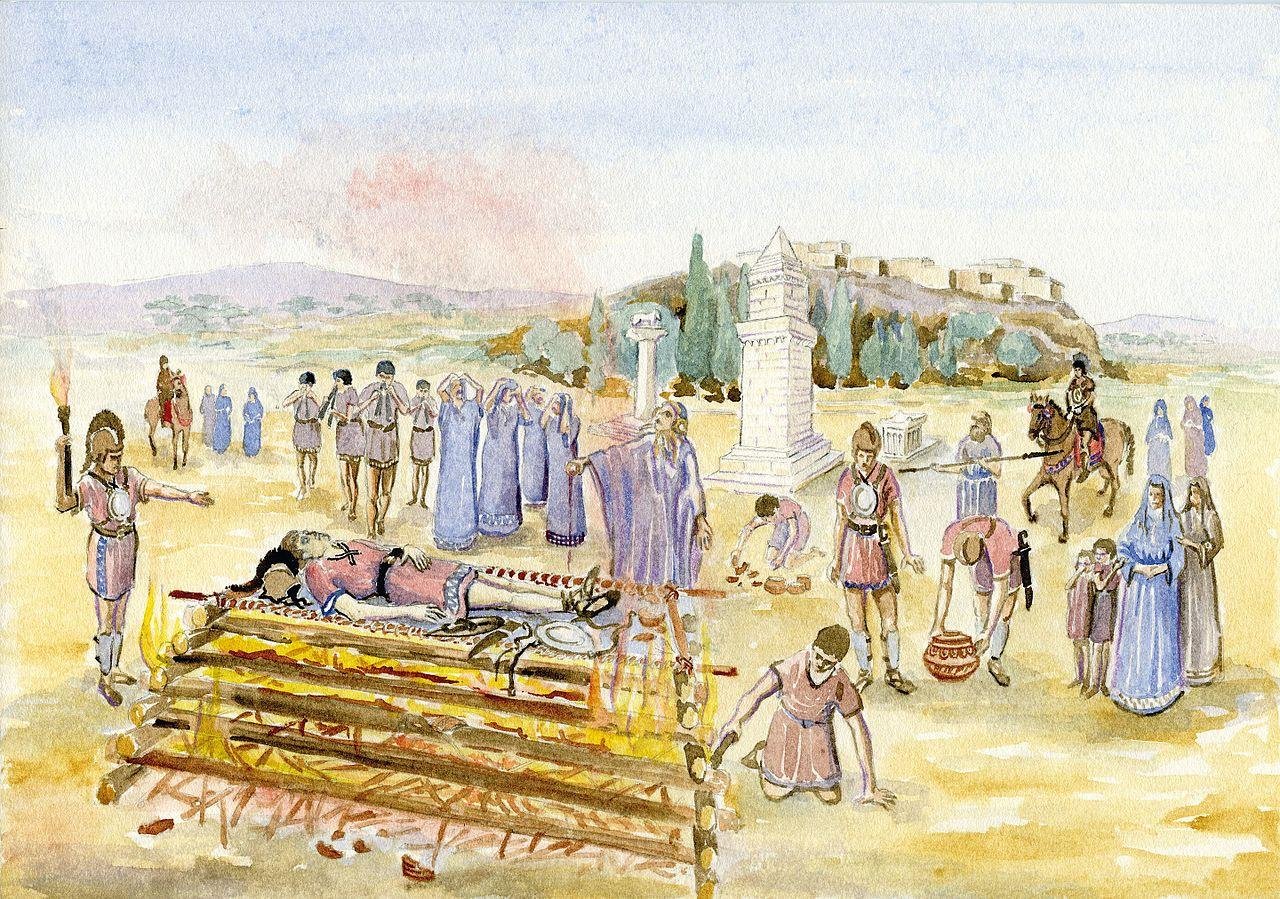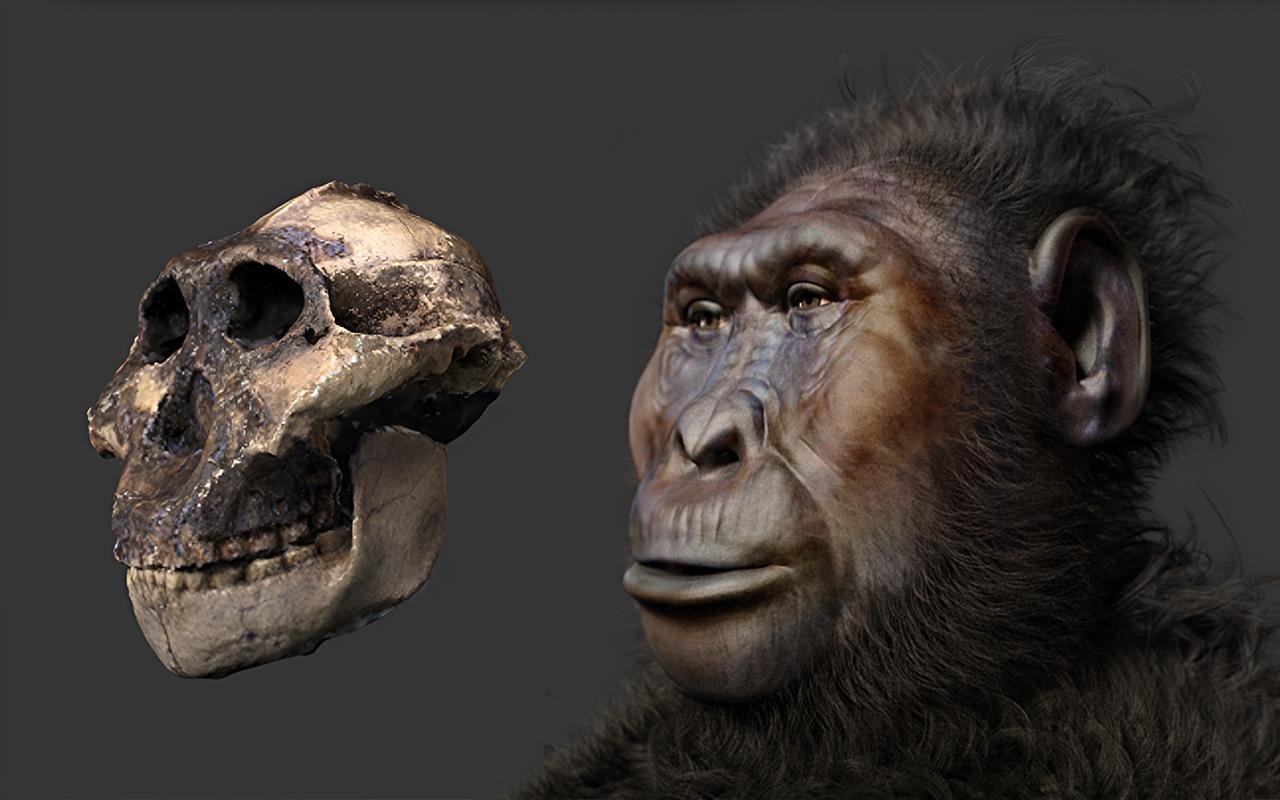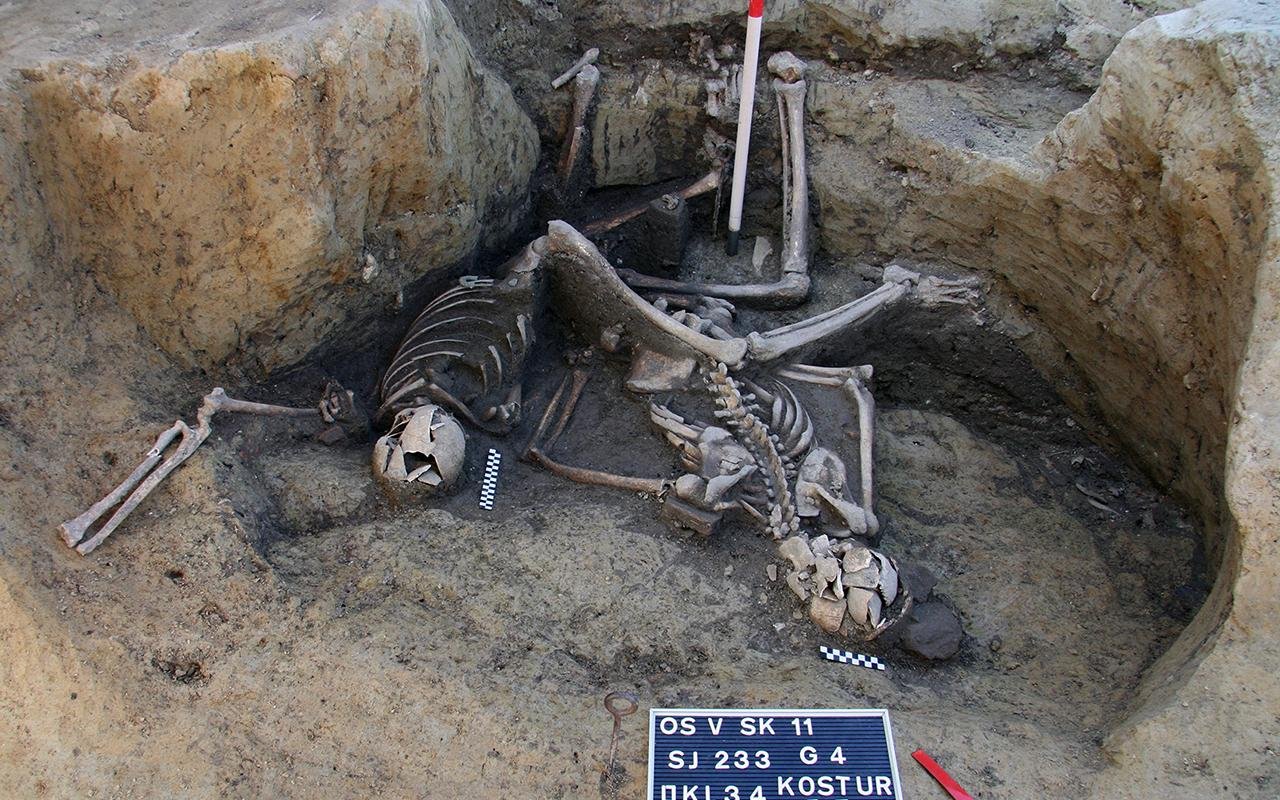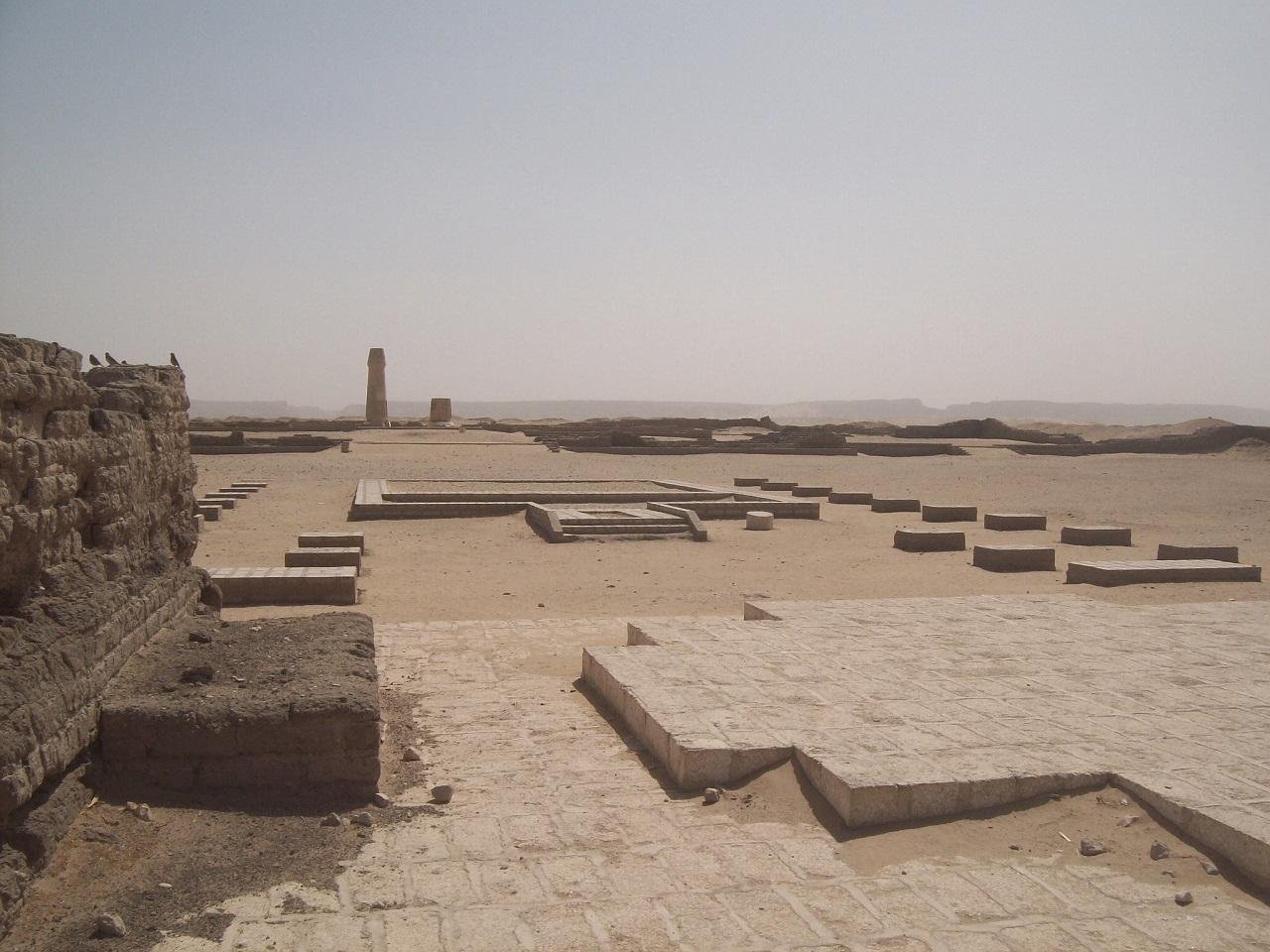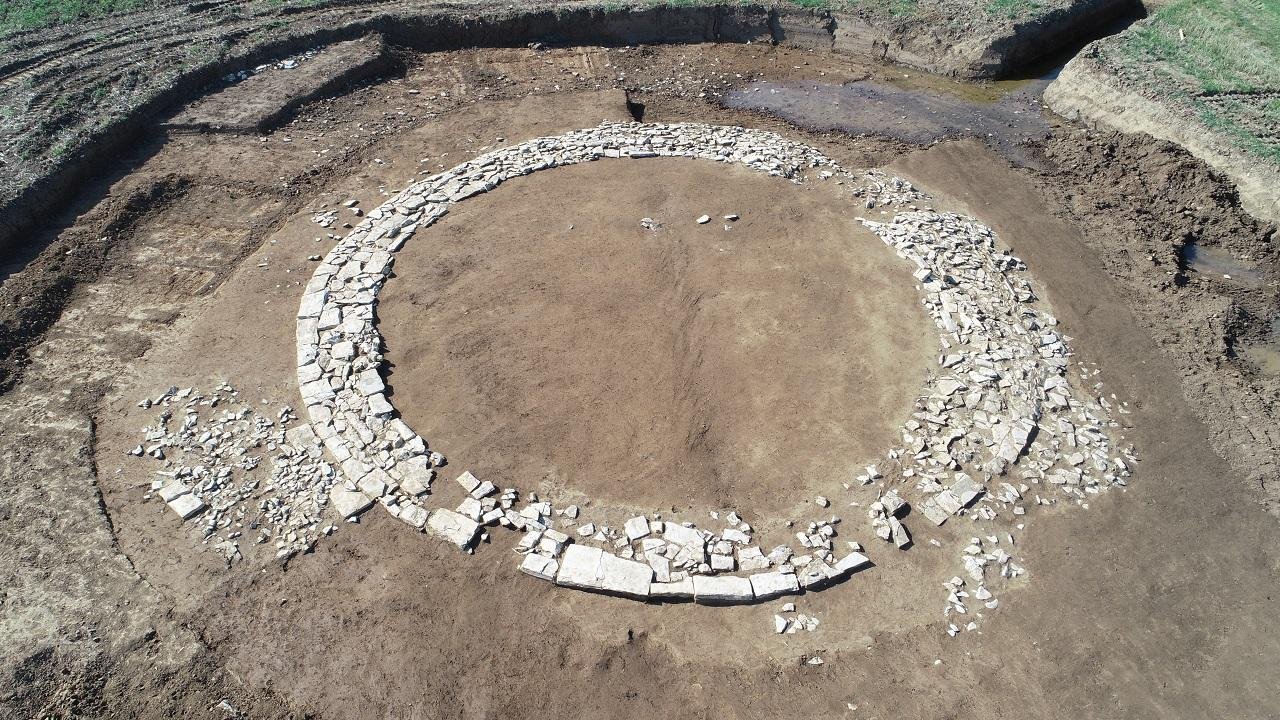Archaeologists have uncovered a rare and remarkably preserved collection of stone tools, dating to around 30,000 years ago, at the Paleolithic site of Milovice IV in the Czech Republic.
 A bundle of stone tools, the personal gear of a Gravettian hunter-gatherer from 30,000 years ago, recovered at the Milovice IV site. Credit: Martin Novák
A bundle of stone tools, the personal gear of a Gravettian hunter-gatherer from 30,000 years ago, recovered at the Milovice IV site. Credit: Martin Novák
The collection, discovered during excavations carried out in 2021, consists of 29 blades and bladelets that were apparently collected together with care, most likely in a pouch or container made from perishable materials that decayed long ago. Scientists consider the find to be a personal toolkit of a single Gravettian hunter-gatherer, used for hunting trips and migratory movements.
Unlike most Paleolithic sites, which typically contain mixed layers of long-term human habitation, the context of this find is exceptionally clear. The tools were found with charcoal, animal bones of horses and reindeer, and a fireplace, all preserved in a narrow occupation layer dating between 30,250 and 29,550 years ago. The arrangement of the artifacts suggests the campsite was occupied temporarily for tool-making, butchering, and daily survival tasks.
Use-wear and techno-typological studies reveal that the blades were employed for multiple tasks. Some of them exhibit fractures characteristic of projectile use, while others were utilized for cutting, scraping, and drilling. Evidence of hafting reveals that some of the implements were mounted on wooden shafts to make them easier to use. The toolkit also comprises recycled spalls and fragments, attesting to the practical approach of the owner in saving resources, likely due to the limited availability of suitable raw material when pushing into less hospitable territories.
 a Blade cluster in situ; two phases of micro-excavation; schematic drawings on the left show the exact orientation of artefacts within the cluster (with west–east orientation, view from the top), artefacts with uncertain orientation are not depicted. b Blade cluster projected with other artefacts from AH I and AH II on eastern section of M IV. Credit: D. Chlachula et al., Journal of Paleolithic Archaeology (2025), CC BY 4.0
a Blade cluster in situ; two phases of micro-excavation; schematic drawings on the left show the exact orientation of artefacts within the cluster (with west–east orientation, view from the top), artefacts with uncertain orientation are not depicted. b Blade cluster projected with other artefacts from AH I and AH II on eastern section of M IV. Credit: D. Chlachula et al., Journal of Paleolithic Archaeology (2025), CC BY 4.0
The materials themselves are indicative of the Gravettian people’s mobility and social networks. Most of the stones came from at least 130 kilometers to the north, where there were flint deposits, radiolarites from western Slovakia, and even a single piece of opal from 135 kilometers away. This range is indicative of either long-distance travel by the hunter or exchanges with other people, suggesting a complex social and geographic network in Ice Age Europe.
While smaller, more symbolic Gravettian artifacts such as the famous Venus figurines found nearby provide evidence of ritual and artistic activity, this toolkit speaks to the practical side of survival in hostile environments. It gives an idea of the daily life of a hunter-gatherer: butchering and processing meat and hides, maintaining tools, and moving through landscapes where every blade counted.
The discovery, published in the Journal of Paleolithic Archaeology, not only informs us about the practical strategies of Upper Paleolithic people but also about their social connections and resourcefulness in the face of an environmentally stressful period and their mobility in Central Europe.
More information: Chlachula, D., Marko, A.-M., Moník, M., Cristiani, E., Gregar, F., Hamrozi, P., … Novák, M. (2025). Tracking the Hunter: A study of the personal gear of a gravettian Hunter-gatherer from Milovice IV. Journal of Paleolithic Archaeology, 8(1). doi:10.1007/s41982-025-00228-z
